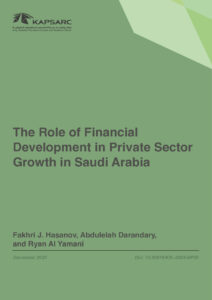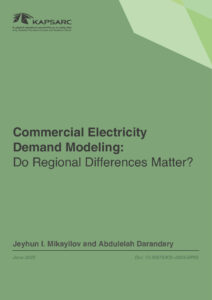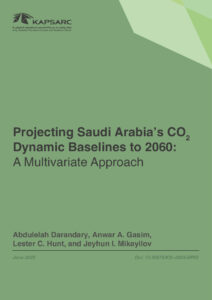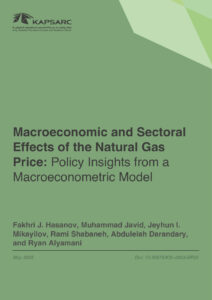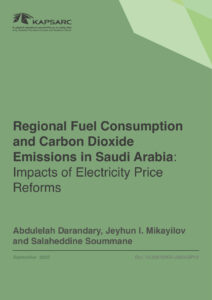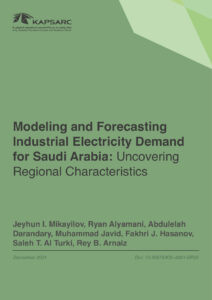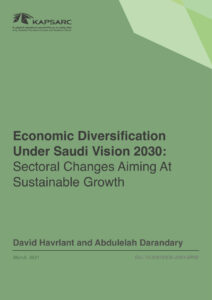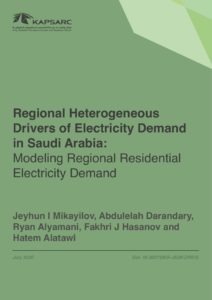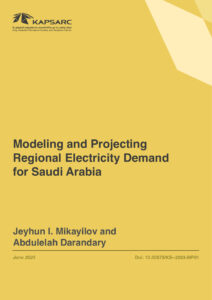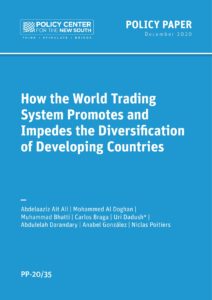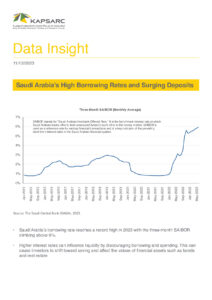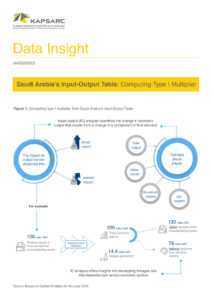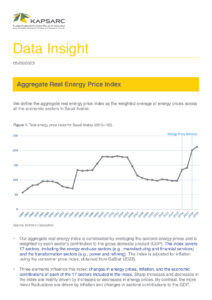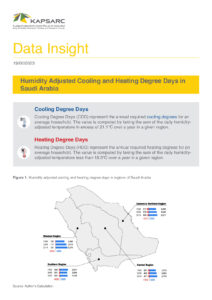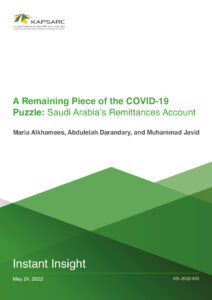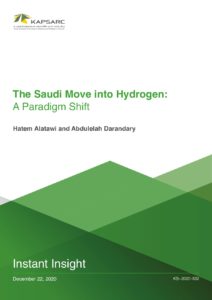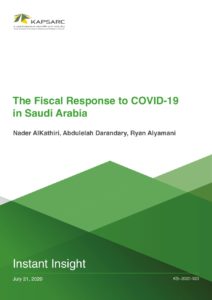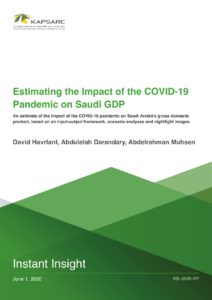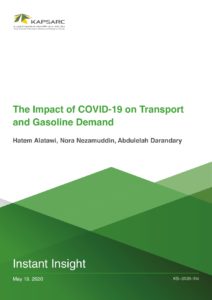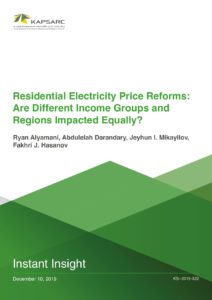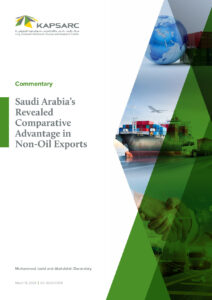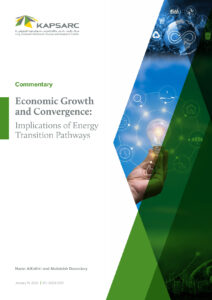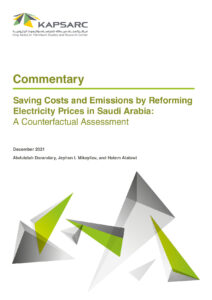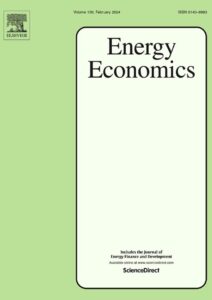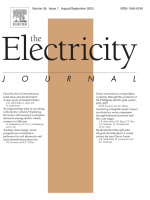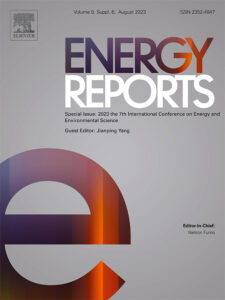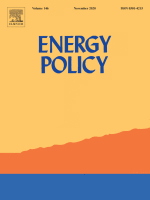Abdulelah is a research lead at KAPSARC and an economist with expertise in various fields, including macroeconomics, energy, international trade and investment flows, financial development and public policy. He is currently leading the application of a behavioral economics project for energy policymaking in Saudi Arabia, utilizing econometric modeling and counterfactual analysis.
Abdulelah’s publications have been featured in several peer-reviewed journals. In 2020, during the Saudi G20 presidency, he was a member, co-author, and task force coordinator for the Trade, Investment, and Growth Taskforce for Think20 (T20), an official Engagement Group of the G20.
Before joining KAPSARC, Abdulelah worked as an economic consultant, providing policy analyses, modeling, and forecasting the impacts of public spending on social and economic indicators.
Abdulelah obtained a master’s degree in applied economics and a bachelor’s degree with honors in banking and financial economics. He received the King Abdullah scholarship and is a member of the Saudi Economic Association and the Saudi Association for Energy Economics.

